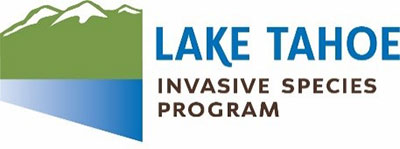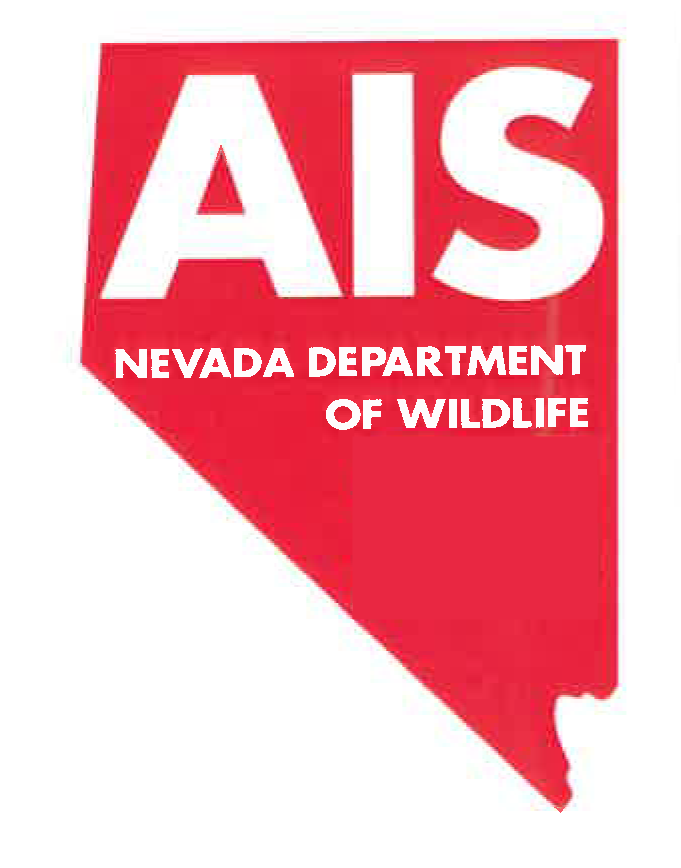Aquatic Invasive Species can irreversibly harm the Lake Tahoe watershed.
About Aquatic Invasive Species
The most serious threats to streams and lakes in the Lake Tahoe Region not currently present are zebra and quagga mussels and hydrilla. Each of these invaders is spread through the transport of water and/or debris that can collect in cockpits and hatches, cling to outer hulls, rudders, and paddles, and even hide out on your gear. Once AIS are introduced and establish a local population, they are extremely costly to control and often impossible to eradicate. For example, the Lake Mead community spends over $20 million a year to combat their quagga mussel infestation. For these reasons, the prevention of new AIS infestations is more effective and more economical than the control or eradication of an existing infestation.
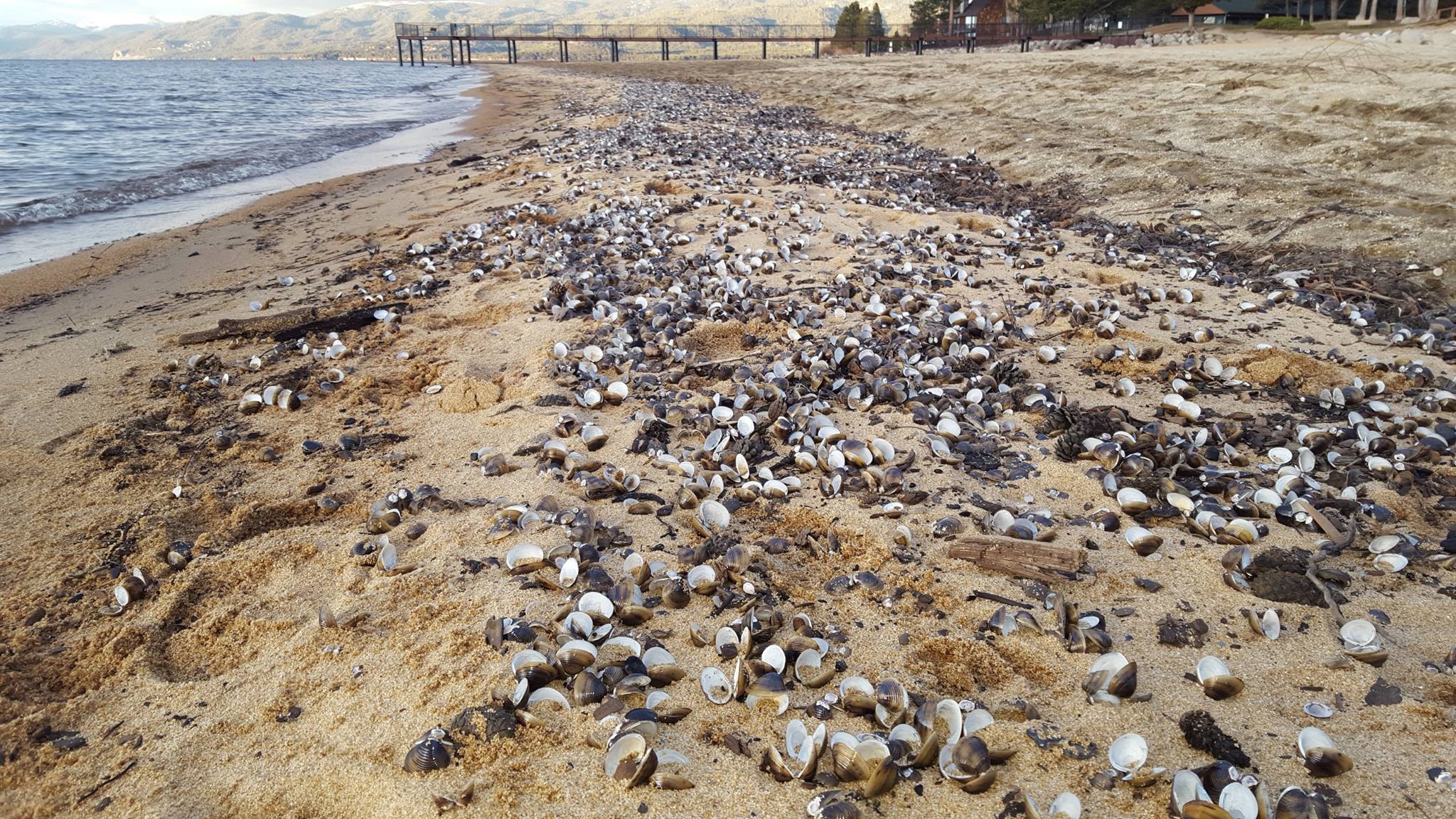
Asian Clams
First found in the waters of Lake Tahoe in 2002, populations of Asian Clams have rapidly expanded since 2008. Populations of Asian Clams are concentrated along the south shore of Lake Tahoe. Current control methods include using suppression mats to block dissolved oxygen and food from reaching the clams under the lake bottom.
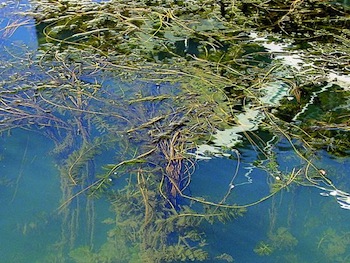
Aquatic Weeds (Eurasian watermilfoil and Curlyleaf pondweed)
Invasive aquatic plants threaten the abundant recreational opportunities and natural wonders Lake Tahoe offers. Aquatic weeds grow unchecked to produce thick mats in near shore areas that alter ecosystems and damage Lake Tahoe’s famous clarity. Thick aquatic plant growth hinders navigation and can tangle on rudders, hulls and paddles. This thick aquatic vegetation also provides an unnatural habitat that allows other non-native species to establish.
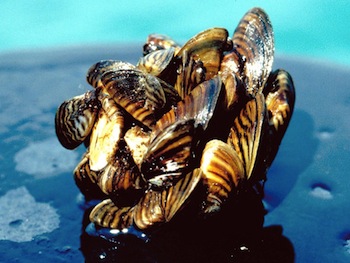
Zebra and Quagga Mussels
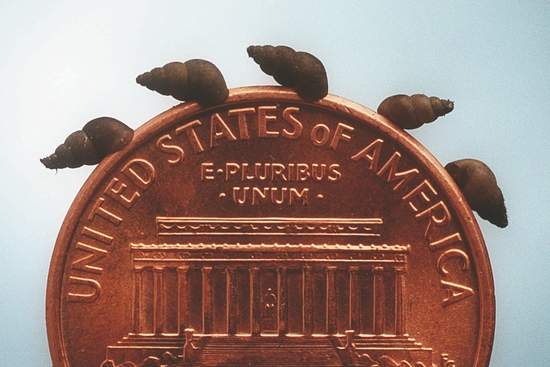
New Zealand Mudsnail
New Zealand mudsnails were first discovered in North America in the late 1980’s in the Snake River in Idaho and the Madison River in Montana. In 2000, they were discovered in the Owens River in eastern California and have since been detected in the Lower American River, Feather River, Sacramento/San Joaquin River Delta as well, and in the Lower Truckee River near Reno, Nevada.
This animal is most often transported via clumps of mud stuck to boots, watercraft, or other gear that comes in contact with the water. Simply cleaning gear thoroughly and inspecting for mud or debris at the haul-out site can greatly reduce the risk of transporting mudsnails. Freezing waders, wading boots and other gear overnight (6-24 hours is recommended) is also effective in preventing their spread. Click here for watercraft inspection information regarding the New Zealand mudsnail detection.
Careful inspections of watercraft and gear are an effective method for preventing the transport of AIS into Lake Tahoe’s pristine watershed. AIS can hide almost anywhere, and the adult zebra and quagga mussels can live up to 30 days out of water! Clean, Drain, and Dry your watercraft and gear every time you haul our after use, and properly Dispose of any plants or debris you find. Click here to watch the training video.



Prevent In-Basin Transfer of AIS
If you paddle or boat within the Lake Tahoe basin, it is very important to inspect your watercraft and gear to ensure you are not inadvertently transporting Eurasian watermilfoil, curlyleaf pondweed, New Zealand mudsnails or Asian clams. Although these species occur in several locations in Lake Tahoe, they have not yet invaded Fallen Leaf Lake, Echo Lakes, Spooner Lake, and other regional lakes. Many other small lakes and most of the streams in the Lake Tahoe Basin are free of invasive species and we would like to keep it that way. It only takes a few extra minutes to inspect and dispose of any weeds or clams before you move to a new body of water. Boats with ballast tanks: please be aware of special techniques to prevent the spread of currently established AIS, such as Asian clams, into uninfested areas by checking out this article; Responsible Boating.
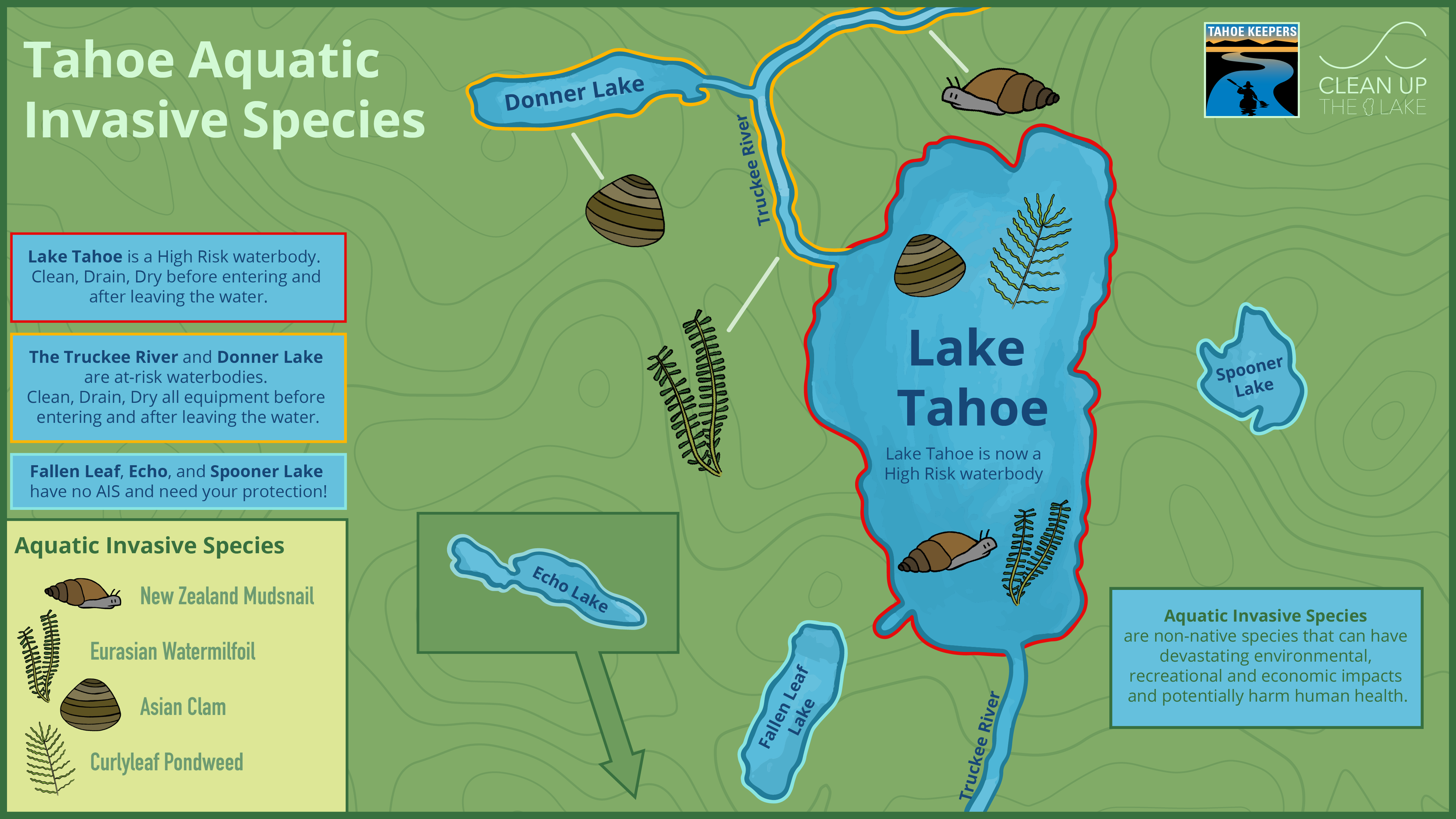
Nevada AIS Decal for Non-motorized
The Nevada aquatic invasive species (AIS) decal requirement became effective January 1, 2013 through approval from the Nevada State Legislature in 2011. The decal requirement includes in and out-of-state motorized watercraft as well as most paddle-craft, such as canoes and kayaks. Watercraft that are capable of retaining water are required to display the decal. Paddle-craft, such as stand-up paddle boards and float tubes are exempt from the decal requirement. For more information on where to buy your decal and prices, visit Nevada Department of Wildlife’s AIS Prevention Page
AIS Currently Present in Lake Tahoe:
- Eurasian watermilfoil
- Curlyleaf pondweed
- Asian clam
- New Zealand mudsnail
- Signal crayfish
- Largemouth bass
- Smallmouth bass
- Bluegill sunfish
- Black crappie
- Bullhead catfish
- Bullfrog
Not Currently Present in Lake Tahoe:
- Zebra mussel
- Quagga mussel
Useful Links
To learn more about aquatic invasive species in Tahoe, visit these informative resources:
USGS Nonindigenous Aquatic Species Website
Native and Invasive Aquatic Plants
100th Meridian Initiative to Prevent the Spread of Zebra Mussels
